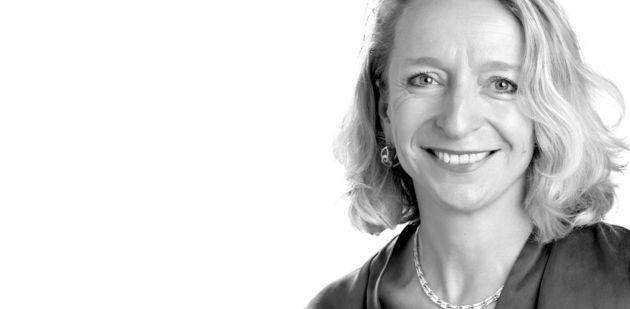
At the centre of the building that will house the Swiss Cancer Center on the Lausanne University Hospital (CHUV) campus, the architect has created an area dubbed the bumping zone. During the day, professionals from diverse backgrounds will ‘bump’ into each other in this area: this holds true for the IT specialist educated at the University of Lausanne, the specialist in tumour cells back from an internship at Harvard Medical School, and the materials specialist newly graduated from the Swiss Federal Institute of Technology Lausanne (EPFL).
The tremendous progress made in the last 24 months in cancer research, which you will learn about in this first issue of “In Vivo”, perfectly illustrates the now essential conditions for innovation in medicine: intense permeability – close collaboration between previously separated research areas.
Such reconciliation endeavours to pool knowledge that has been kept apart throughout the history of science – such as medicine, humanities and social sciences – and to help drive technological progress. These developments are underway and can be seen in the work conducted by medical students on the quality of the diagnosis announcement. Within this new context, it is therefore not only the architectural basics that are being actively reconsidered – labs with opaque walls and closed doors – but also those of medical science and treatment.
Yi Zuo, a 50-year-old American who discovered in 2009 that she had advanced ovarian cancer, is living proof of this. As she recounts, she received immunotherapy treatment as part of a clinical trial. Twelve months later, her cancer was in remission. This feat would not have been possible without the many specialists able to pool their knowledge. They were led by George Coukos, who left Pennsylvania last summer for the CHUV campus and now runs the Swiss Cancer Center – another perfect illustration of vanishing borders since it is the result of the pooled resources and expertise of EPFL, the University of Lausanne, the Ludwig Institute for Cancer Research, CHUV and professionals from around the world who this competitive spirit now attracts to Lausanne.
“In Vivo” wishes to be the impassioned reporter of this reconciliation of knowledge between labs, the Health Valley professionals and those of the leading universities and hospitals around the world. Its journalists are explorers of this new world opening up to the patient; in short, they are reporters of a vast bumping zone, a communal space for debate, which we hope will be an exciting contributor for all those who like to think about health. ⁄